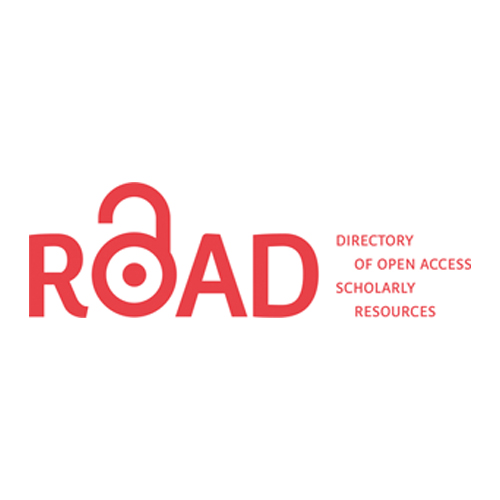Second Language Acquisition and TESOL
Abstract
It is a high time to rethink about the ways to make things more productive than just prescriptive. Endless paradigms are set up by the abundant research works done in the trajectory of ELT with a hypothesis that Language can be taught and learnt in a better way than ever before. Though libraries are vomiting the dusty theses penned on and about problems and remedies of ELT and TESOL, language learners and the teachers are not solely free from the classroom tension. Most of the research work end with the prescribed or modified theories, techniques or methodologies; very researchers have been able to reach and address the root problem and its solution. For the speakers whose first language happens to be other than English, learning English has been a big challenge; in the same way for the teachers who teach the non-English speakers, it is still s riddle to ease the teaching and learning process and make it fruitful. Any language teaching primarily aims to enable and empower its learners to speak that particular language and make use of it in their day to day life. In this way, ELT is day by day proceeding to be more utilitarian. Having said this, the moot question still remains unanswered that is to design pedagogy which can help teachers to teach and learners to learn productively. Over the years, teachers, researchers and linguists have been exploring the area with a view to make ELT more fruitful than just imperative. One of the most explored areas in regards of understanding language acquisition is Neurolinguistics which studies the relation between the human brain and its capacity to comprehend, produce and acquire language. Neurolinguistics has become one of the most important perspectives to look at and analyze language. It explores a lot about how a child adopts / acquires language with different stages of brain development. This research paper tries to see in what capacities Neurolinguitics can help English teachers to modulate teaching methodologies or find remedies in order to fruitfully and productively teach English as a second language to the speakers of other language(s). This paper is based on the hypothesis that better results can be obtained if language learning is converted into language acquisition.
Downloads
References
(2014). Differences between learning the first and second languages. In Teaching English Language Learners The Good News (p. 49). Georgia: North American Mission Board of the Southern Baptist Convention.
West, J. (2013). I still can't speak English. In J. West, I still can't speak English (p. 10). Dorset.






